Card Game Development: A Detailed Guide to Building Digital Classics in 2025
The online entertainment industry has entered a phase of versatile, mobile-oriented interaction. Card games have become a substantial part of the global gambling economy. Content creators and investors see potential beyond slot entertainment and want to ensure that the elaboration process matches the most relevant trends and basics of the sphere today.
2WinPower partners with dozens of software suppliers and delivers their strongest products to our clients. However, it is also beneficial to understand behind-the-curtains details of how to make an online card game. This way, platform managers can make better decisions in the formation of their libraries and delivery of content suitable for their audiences.
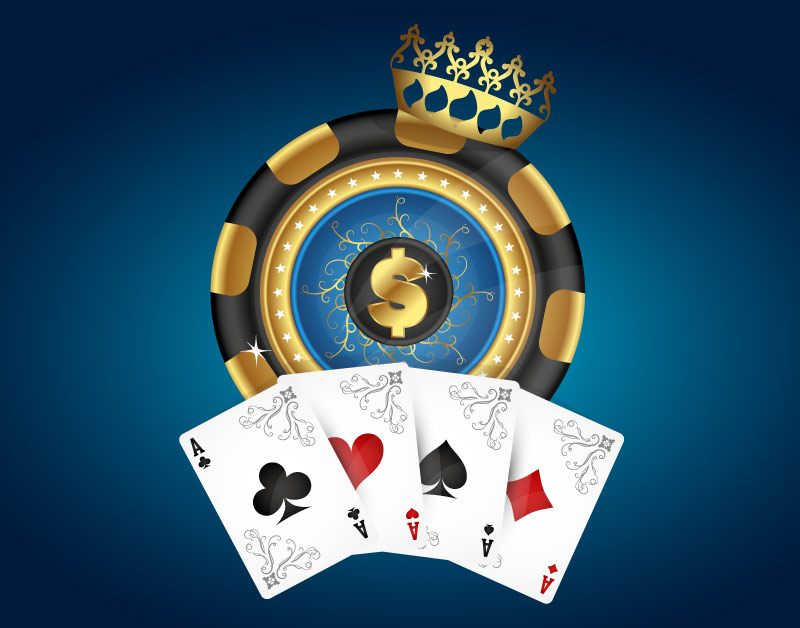
The Rise of Card Game Development in 2025
Accessibility drives the growth of content creation. Users now want to enjoy their favourite activities across mobile phones, tablets, browsers, and even smart TVs. Rapid internet expansion and increased usage of portable devices let punters from all age groups and regions access the desired content, specifically card-based activities. Recent niche data says that such mobile games saw a 27% increase in downloads in 2024, and more aggressive growth is projected for 2025.
The surge in popularity has opened doors for anyone with a solid idea and reliable support. A reputable card game development company can now take a concept and turn it into a working product with strong backend logic, interactive design, and monetisation tools.
Solid retention, low entry costs, and broad appeal incentivise content creators to jump into the elaboration of particularly this format, not just generic slots. What once mainly lived in casinos has successfully evolved into a thriving online experience with cutting-edge technologies and rising demand.
Popular titles like Solitaire, Poker, Rummy, and Blackjack continue to dominate the charts due to their simplicity, familiarity, and strategic appeal. Now, it is just about reimagining a card game development solution with interactive mechanics, tournament features, and additional monetisation.
Concept of The Future Product
A successful card game begins with a strong foundation adapted to modern user expectations and market trends. Concept clarity is essential regardless of whether an operator plans to elaborate a classic Rummy or design an original variation with new mechanics.
The first step in card game development is the definition of core interaction. The aim can be to replicate a traditional format like Blackjack or blend a classic strategy with puzzle or RPG elements. In any case, the acquaintance with the audience helps define the final model. Casual users lean towards Solitaire game design, and competitive punters might prefer real-time Poker tournaments or skill-based Rummy formats.
Before creating code, the provider’s team must assess tech prerequisites. This includes the choice of card game development software, which impacts performance, scalability, and future upgrades. HTML5 is commonly used for browser compatibility, while Unity and Cocos2d are preferred for native mobile frameworks.
A top-tier content creator will also offer strategic guidance, especially when selecting between a turnkey or White Label solitaire game solution. The final choice will depend on the operator’s time-to-market and budget goals.
Theme and Structure
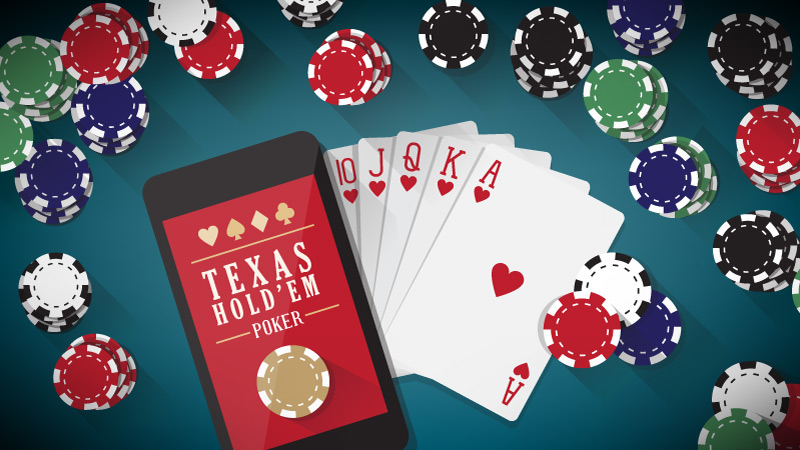
Every successful card-based activity starts with a compelling embellishment. This initial stage sets the tone for the entire project and impact design, mechanics, and even technical structure. The game can immerse punters in the Wild West, a fantasy journey, or a classic minimalistic interaction. The theme must be visually engaging and intuitively aligned with the title’s goals.
Content types vary significantly in style and structure. Developers must decide whether to build a card Solitaire game design, a competitive strategy activities like Poker, or a fast-paced casual match-up like Blackjack. Each format has distinct requirements in terms of logic, rules, user interaction, and backend architecture. For example, a real-time multiplayer Rummy demands solid matchmaking algorithms and live data handling. At the same time, a turn-based card battle might focus more on animations and reactive UI design.
The adaptation of the structure also determines how the game will be distributed. A mobile-first card app benefits from intuitive swiping gestures and portrait layouts, while a web-based version must offer cross-browser compatibility and responsive interfaces. Meanwhile, desktop versions often appeal to users who seek richer visuals and more complex mechanics.
A forward-thinking card game app development company will evaluate the market trends, target audience behaviour, and revenue models before finalising the layout. Themes that evoke nostalgia, cultural references, or unique artistic identities tend to stand out in crowded app stores.
Mechanics for the Gameplay
Once the theme is solidified, the next priority is to define how the title will actually function. The in-built mechanics will govern what users can do, how they interact with the cards, and ultimately, how they win.
When a studio wants to understand how to make a card game app effective, it must align with audience preferences. For example, strategic Poker thrives on bluffing and betting systems, while a casual match-three format focuses on quick decision-making and repetition.
Most effective mechanics in modern games:
- Set collection. Punters aim to gather specific groups of cards to match ranks or form sequences. The mechanic is particularly effective in Rummy, where combinations are the path to victory. Online implementations can enhance this with highlights of potential sets or the presentation of combo rewards for advanced strategies.
- Draft. Users select cards from a shared pool and pass the remainder to the next participant. It introduces strategic tension, especially when choices affect a player and their opponents. Online versions can increase engagement with countdown timers or unknown cards that shift value across rounds.
- Elimination. Users are removed from the game when they fail to meet certain conditions. In Poker, the loss of all chips leads to elimination, while in other formats, being the last to act might result in defeat. To make this mechanic more appealing digitally, developers can include bonus rounds or second-chance mini-games for dropped users.
Features matched with the theme improve immersion. When a producer tries to understand how to make a card game app with pirate surroundings, for instance, a set collection (treasure gathering) might be the best choice.
The proper mechanics is a balancing act. They must provide enough challenges without confusing new users. A top-tier card game development company studies user patterns and A/B test flows to find the most rewarding blend of tension and fun.
Technical Framework
A modern digital card game requires a solid frontend and backend foundation. The visual interface, data processing, and real-time functionality are crucial for performance and scalability. The right choice of technologies, including which graphics card is best for game development, depends on whether it is an in-browser solution, application, or downloadable software.
Essential pillars that support successful content creation:
Frontend
Visual interactivity is what players see. It comprises everything from swiping a card to reading the score. The image must be visually attractive, intuitive, and compatible with various devices.
For White Label solitaire game providers, responsiveness is critical:
- Web content usually relies on HTML5, JavaScript, and CSS3 for lightweight and responsive user interfaces.
- Mobile apps require platform-specific languages like Kotlin for Android and Swift for iOS. At the same time, cross-device tools like React Native or Flutter can reduce development time and cost.
- For desktop applications, engines like Unity or Electron offer flexibility, although they require higher performance.
Visual clarity is critical in formats like Blackjack or Solitaire, where punters must interpret symbols quickly. Choosing the best graphics card for game development ensures smooth animations, while mobile-optimised assets improve load speed and battery consumption.
Backend
As the frontend interacts with users, the behind-the-curtains settings handle logic, game states, and multiplayer connections. The backend dictates how cards are shuffled, how turns progress, and how users connect.
Turnkey solitaire game providers and other developers resort to top systems:
- For web-based activities, Node.js is a popular choice due to its asynchronous nature and efficiency in handling multiple connections.
- Mobile apps benefit from backend-as-a-service platforms like Firebase, which allow real-time syncing and cloud data storage.
- More complex setups may require custom frameworks like Django (Python) or Ruby on Rails to control unique features and adapted rule engines.
A strong backend is essential for multiplayer logic, where dozens or hundreds of users may interact at once. Without substantial support, latency and sync issues can break the engagement.
Database
Every card game needs a reliable storage of persistent data. User profiles, progress, virtual currency, and historical stats have to be placed somewhere.
Depending on the structure and expected traffic, different database types offer various benefits:
- MySQL or PostgreSQL are well-devised relational programs for complex and precise queries. These programs are ideal for games with features like player rankings or match history.
- MongoDB is a NoSQL alternative that offers flexibility and speed. The system is perfect when producers are focused on how to make an online card game with loosely structured data and scalable architecture.
- Firebase Real-time is a choice for live multiplayer activities. Instant sync between clients is especially useful in fast-paced environments like battle formats.
In card game app development, the selection of the proper database affects performance and the speed of iterations.
Card Designing
Once the technical backbone is set, the next step is to create the visual and structural design of cards. Each element on the screen contributes to the user’s overall experience. Whether it is a sleek Poker table or a vibrant card Solitaire game design, thoughtful visuals and layout can set your product apart.
What to consider during the development of graphics:
- User interface. The game’s UI shapes how punters interact with it. A cluttered dashboard can make a title feel overwhelming, while a clean, organised layout enhances accessibility. A solid card game app development company always focuses on intuitive functionality and legibility. The UI should comprise a main menu, play board, user dashboard, and action controls.
- Back-face design. The reverse side of the card may not seem important, but it contributes to the theme and brand identity. It is common to use a patterned backdrop or a logo, but it is critical to consider consistency. For example, a fantasy activity could use a mystical rune pattern, while a professional White Label Solitaire game solution might stick to classic blue or red textures.
- Front-face layout. Each card must clearly deliver information, including the name, attributes, artwork, and possible effects. The layout should accommodate text and icons without overwhelming the user. In Solitaire game design, for instance, where numerous cards are shown simultaneously, layout consistency ensures clarity and pace during long sessions.
- Array design. An overlooked yet critical part of card game development software is the spatial on-screen organisation. It is especially relevant in multiplayer or AI-versus modes. A standard layout includes a deck, a hand, a discard pile, and a field or play area.
Clean transitions and responsive animations help maintain immersion. Zooming or highlighting features on hover can offer better visibility without crowded details on the screen.
Implementation of Mechanics
This is the moment when ideas become playable features. The coding phase sets the rhythm for user interaction.
Shuffling and Drawing Logic
A fair and unpredictable session starts with a properly randomised deck. The code should introduce randomness each time a new match begins to prevent patterns or repeated orders.
Once shuffled, the draw function must remove cards from the top of the deck and assign them to the participant’s hand. If the title involves card emptying, such as in a closed Solitaire game design, the discard pile must be reshuffled into a new deck automatically.
Card drawing must feel responsive. Animation delays, sound cues, and proper positioning add to the sense of realism. Behind the scenes, each drawn card should trigger updates to hands and internal game state without delay or desynchronisation.
Rules and Sequence Control
Each card game development solution has its own rhythm that depends on clear sequence management and enforcement of standards. The system must recognise which player is active and limit inputs properly. As soon as a turn ends, control must be forwarded to the next user. This structure is essential in Blackjack, where each decision is time-sensitive.
Simultaneously, the title must monitor for win-or-lose conditions. If a punter has met the victory criteria, the system must present a clean transition into the endgame state, such as a winner announcement and score display.
Multiplayer and Synchronisation
If card game development companies aim to create titles that host a real-time session with several users, the codebase must support constant data exchange between clients and the server. This means updating moves, actions, or even animations in real time for all connected users. Reliable server-client communication ensures smooth interaction even during network delays.
A card game development solution aimed at multiplayer should include reconnection logic, session storage, and anti-cheat features. Every user action should trigger updates to the server, and those must instantly reflect across all interfaces. This prevents confusion, mismatched states, or errors during heated competitive play.
Playtesting and Quality Refinement

The functionality of any title depends heavily on careful check-ups. Once the basic logic, rules, and visual structure are in place, the game must be tested rigorously to reveal hidden flaws, bugs, and unbalanced scenarios that might harm the interaction.
Testing Core Game Functions
At the start of the check-up phase, the focus should fall on the essential features. These include deck shuffling, card distribution, rule enforcement, and turn transitions. Every user action has to be scrutinised. The aim is to catch any breakdown in logic or UI that could mislead or confuse participants. A well-functioning draw-and-play loop, especially in timing-dependent activities like Rummy, ensures clarity and control during the session.
Producers who work in a professional card game development company often simulate various user journeys across devices to verify that buttons respond correctly, the visuals remain stable, and the animations play without lag. It is not enough for the title to “work” since it must feel consistent and reliable.
Error Identification and Resolution
Even the most experienced teams face issues during early builds. Cards that fail to register, scores that calculate incorrectly, or broken animations can all appear unexpectedly. During playtesting, all team members should maintain a record of these anomalies. Fixes must be implemented quickly to preserve stable performance.
A strong testing cycle often includes variations of the title played under different conditions. Is the UI responsive on lower-end smartphones? Does the card game development software sync properly across browsers? These questions grant that the title functions well for every potential user, regardless of their device or location.
Mechanics and Advantage Balance
Some activities rely on pure opportunity, while the rest require a blend of aptitude and strategic foresight. The mechanics must be carefully adjusted so that no single tactic or user type dominates to maintain fairness. In a competitive setting like Blackjack, if the AI dealer behaves too aggressively or inconsistently, punters may lose interest or trust.
A balance is essential for activities that involve elimination, power cards, or bonuses. Overpowered combinations, unfair rules, or unresponsive mechanics can disrupt engagement. How to make a card game app better? The refinement process involves adjusting probabilities, rulesets, and visual cues to build a satisfying and fair rhythm.
Rule Polishing and Gameplay Adjustment

After several rounds of internal testing, it becomes clear that even the most well-planned design requires fine-tuning. Feedback from testers, gameplay data, and unexpected behaviour offers valuable insight into how the title performs in real scenarios.
A balance of mechanics, adjustments of point systems, and complex rule simplification help ensure the engagement remains smooth across all levels of play. Punters should always understand what they are able to do and perceive how their decisions affect the outcome.
Refinement is critical for developers who wonder how to make a card game app that resonates with modern audiences. A rule that appears balanced on paper might feel limiting or confusing in action. Mechanics that favour quick eliminations, like in Poker, might frustrate new users without an accessible learning curve.
Key adjustments to consider:
- Simplify overcomplicated mechanics. If testers consistently struggle with a rule, its complexity should be reduced without stripping away its function.
- Balance scoring systems. No single strategy should guarantee victory. Point values should be distributed fairly across actions and objectives.
- Smooth out progression pacing. Too many long rounds can bore participants, while an overly quick session may feel shallow.
- Clarify win/loss scenarios. Understandable game-ending triggers and winner determination avoid confusion or disputes.
- Adapt feedback-driven modifications. Punter reactions can be used as a compass for evolving features. Engagement often grows when players feel heard.
A card game development company must build on this adaptability from the start. The difference between a good and great release often lies in how well creators respond to their testing process. The title should challenge users without scaring them and provide enough depth to sustain repeated plays.
The Main Things about How to Make an Online Card Game
A compelling digital gambling title in 2025 requires creativity, a deep understanding of mechanics, technology, and user engagement. The journey starts with the selection of a theme, the deployment of a functional multiplayer environment, and several other critical stages of development. Each step lays the groundwork for long-term success.
A well-structured process ensures smooth gameplay, visual appeal, and user satisfaction:
- The selection of a strong structure that fits mechanics is essential for cohesive and engaging participation.
- Features like set collection, elimination, and drafting help define flow and interaction.
- The choice of the right frontend tools, backend logic, and a stable database ensures high performance and scalability.
- Clear UI/UX and intuitive visuals add polish and enhance usability across platforms.
- The process of coding should refine turn logic, card drawing, and scoring for diverse and streamlined functionality.
- Playtesting helps identify bugs, balance issues, and confusing mechanics that need refinement.
- Rule adjustment, which is based on honest feedback, guarantees a more enjoyable, balanced, and competitive environment.
2WinPower offers advanced card game development solutions adapted to the needs of each of our clients. Experienced experts support the elaboration process at every stage.
- e-mail: info@2wpower.com
- Telegram: @Win2Power
Please be careful! We have noticed that scammers are using our contact details to deceive customers.
For security reasons, please use only the contact information provided on the page https://2wpower.com/en/feedback
Our company is not responsible for the actions of fraudsters.



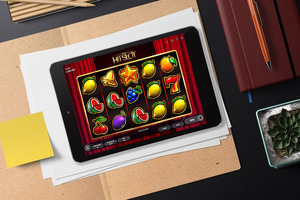


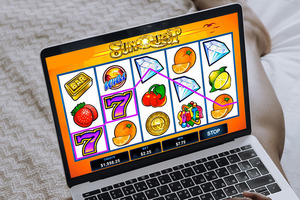

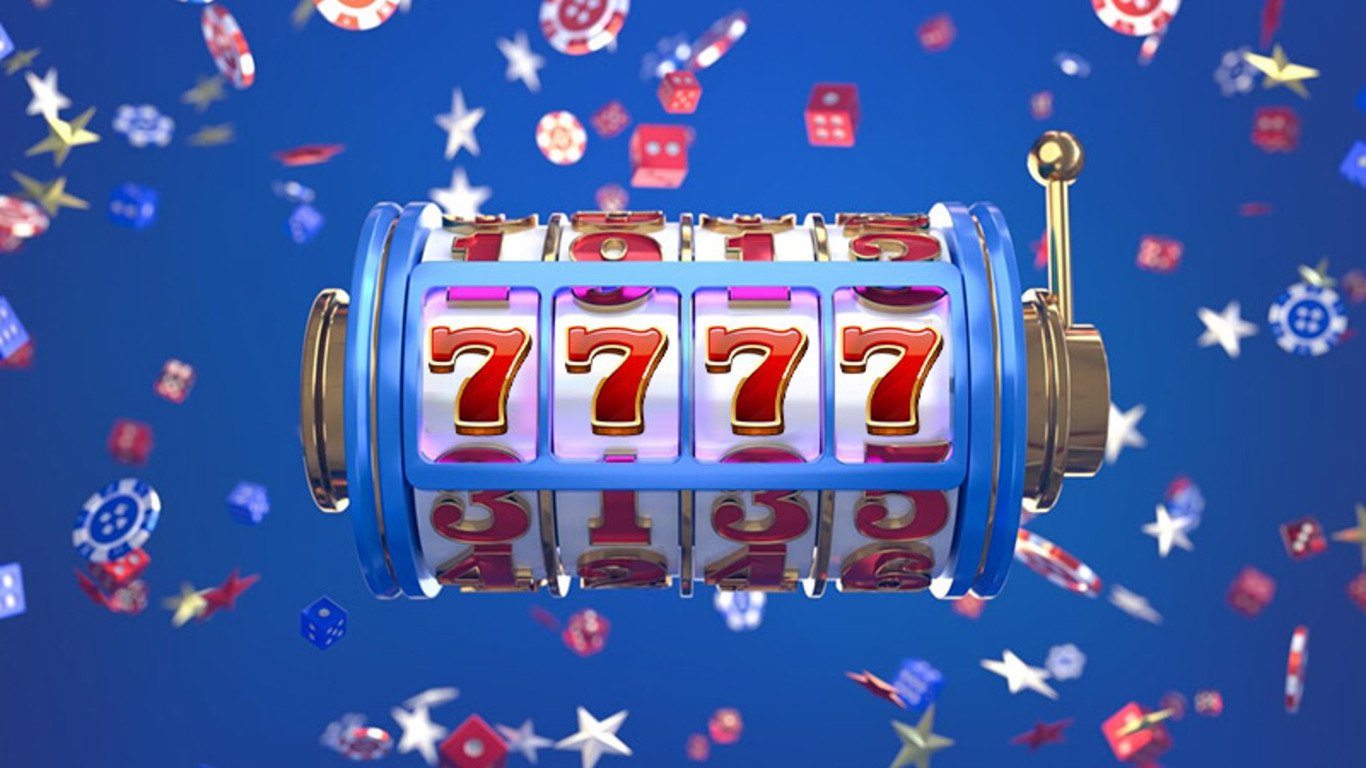
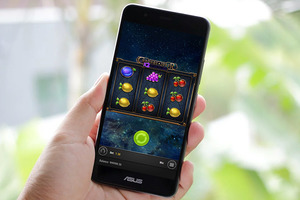
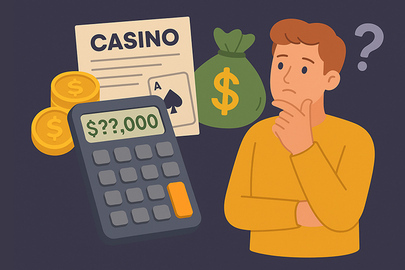

 DEMO
DEMO 



